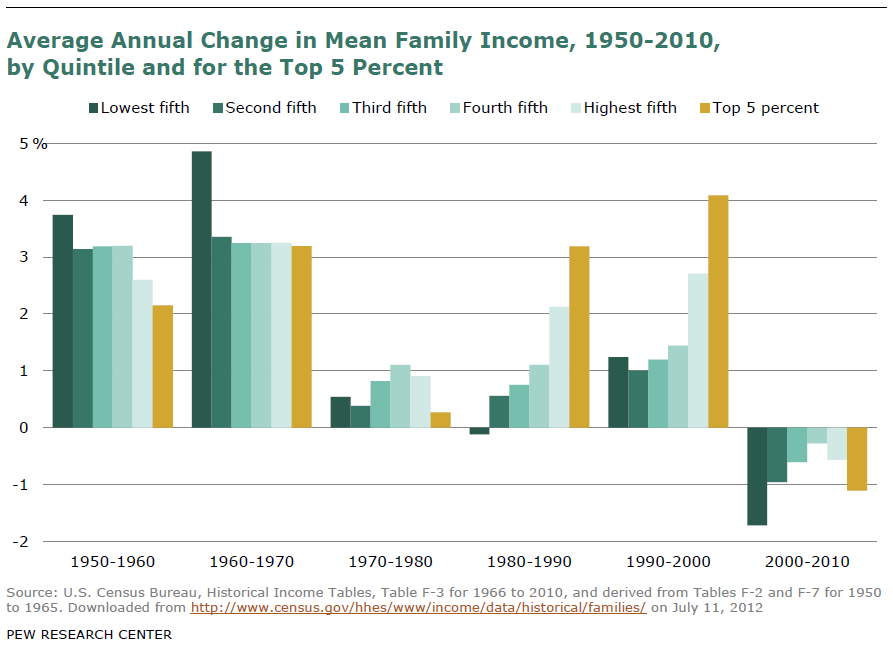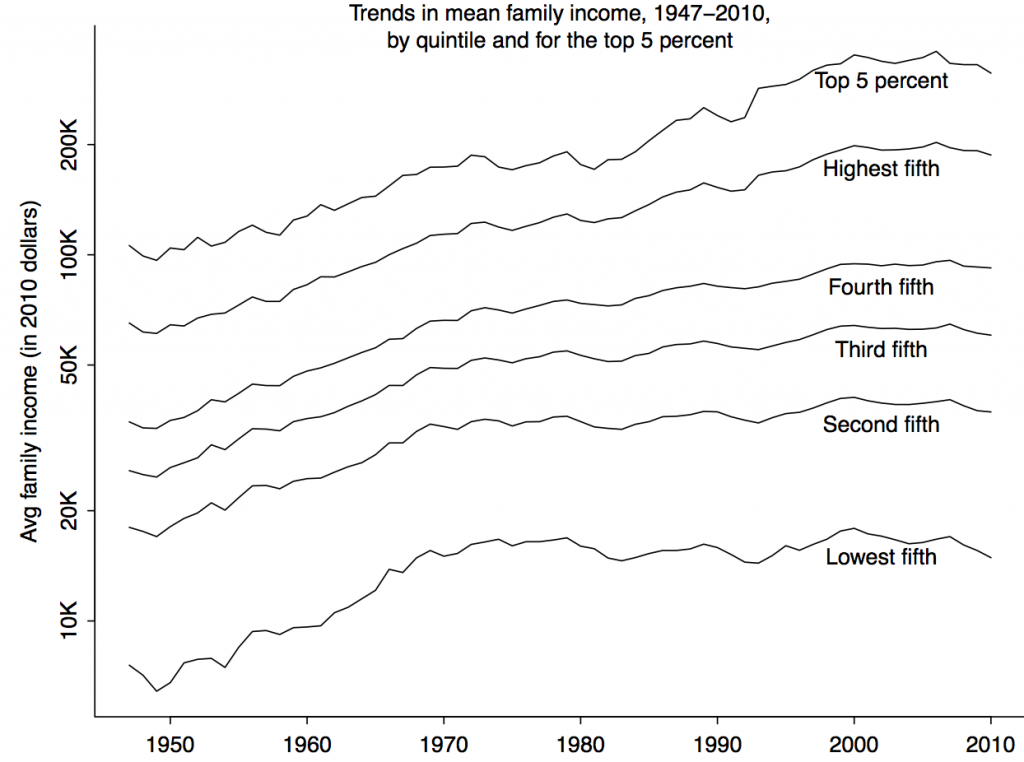Here is our schedule for the term:
October 4th 11:10–12:20 Ethics, Efficiency, and Markets, up to page 103
October 25th 11:10–12:20 What Money Can’t Buy, Chapter 1
November 1st 11:10–12:20 What Money Can’t Buy, Chapter 2
November 8th 11:10–12:20 What Money Can’t Buy, Chapter 3
November 15th 11:10–12:20 What Money Can’t Buy, Chapters 4, 5.
The reading for the first meeting (10/4) is 100 pages, and for subsequent meetings it is about 50 pages each. The first reading, Ethics, Efficiency, and Markets, is available for purchase as an online book, you can order used copies, or you can download it from this website: http://en.bookfi.org/book/1172337. The first chapter in that book is a short introduction in which basic notions are established; Chapter 2 will review several arguments that you will be familiar with from your economics classes; and Chapter 3 is the most significant for our discussion. Be prepared to state succinctly the moral arguments for and against the market. You have over two weeks to cover the 100 pages, which should not be too taxing. This first reading should give us some ammunition for our discussions of the second book.

 It’s Talk Like a Pirate Day, and here’s my annual plug to visit
It’s Talk Like a Pirate Day, and here’s my annual plug to visit 






